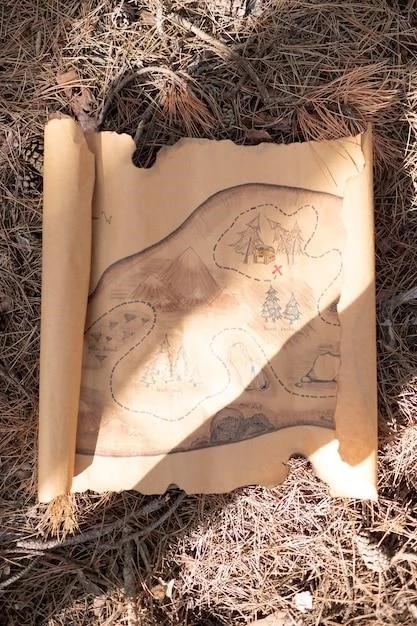The Voynich Manuscript: An Enigma Wrapped in a Mystery
The Voynich Manuscript, a mysterious and enigmatic codex dating back to the early 15th century٫ has captivated scholars٫ historians٫ and cryptographers for centuries․ Its origins٫ language٫ and purpose remain shrouded in secrecy٫ making it one of the most enduring puzzles in the history of writing․
Origins and History
The manuscript’s precise origin is unknown, but it was likely created in Europe sometime between 1404 and 1438․ It was named after Wilfrid Voynich, a Polish-American book dealer who acquired it in 1912․ The manuscript has since passed through the hands of several collectors and institutions, eventually finding its home at Yale University’s Beinecke Rare Book & Manuscript Library․
Physical Characteristics
The Voynich Manuscript is a small, leather-bound codex containing approximately 240 pages of vellum․ The pages are filled with intricate illustrations depicting flora, fauna, astronomical diagrams, and other enigmatic symbols․ The text, written in an unknown script, is composed of approximately 170,․
The Enigma of the Script
The Voynich Manuscript’s script is one of its most perplexing features․ It is a complex system of characters that bears no resemblance to any known language․ Despite numerous attempts by cryptographers and linguists, the script has never been deciphered․ Some believe it to be a sophisticated code, while others suggest it might be a completely invented language․

The Illustrations
The manuscript’s illustrations are equally intriguing․ They depict a wide range of subjects, including:
- Botanical Illustrations: These depict various plants, some of which resemble known species, while others are entirely unknown․
- Astronomical Diagrams: These feature complex constellations and celestial bodies, suggesting an understanding of astronomy․
- Female Figures: The manuscript includes numerous depictions of nude women, often surrounded by plants or other symbols․
- Other Symbolic Images: The manuscript contains numerous other symbols, including geometric shapes, bath-like structures, and strange, unidentified objects․
Theories and Speculation
Over the years, numerous theories have been put forward to explain the Voynich Manuscript’s origins and purpose․ Some of the most prominent include:
- Code Book: One popular theory suggests that the manuscript is a code book, possibly containing encrypted messages related to alchemy, medicine, or other esoteric subjects․
- Herbal Treatise: Another theory proposes that the manuscript is a herbal treatise, with the illustrations representing medicinal plants and the text providing instructions for their use․
- Hoax: Some believe that the manuscript is a hoax, created by a skilled forger to deceive scholars and collectors․
- Lost Language: A more radical theory suggests that the manuscript is written in a lost language, perhaps a pre-existing script that has since vanished․
Modern Research and Analysis
In recent years, modern technology has been employed to study the Voynich Manuscript․ Researchers have used image analysis, spectral imaging, and other techniques to examine the manuscript’s physical properties and hidden details․ These studies have revealed intriguing information about the manuscript’s materials and the methods used to create it․

Conclusion
The Voynich Manuscript remains an enduring enigma, captivating the imagination of scholars and the public alike․ Its mysterious script and enigmatic illustrations have fueled countless theories and speculation, but its true purpose and origin remain elusive․ Despite the lack of a definitive solution, the manuscript continues to inspire wonder and intrigue, reminding us of the enduring power of mystery and the boundless possibilities of human creativity․










